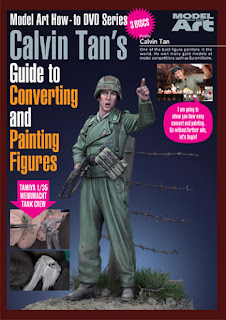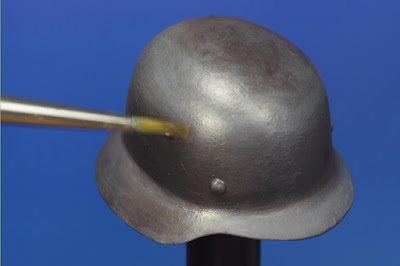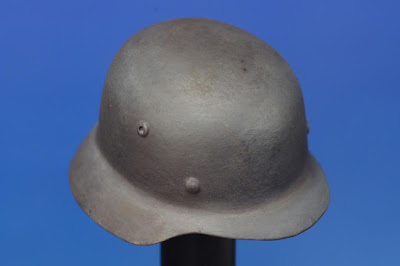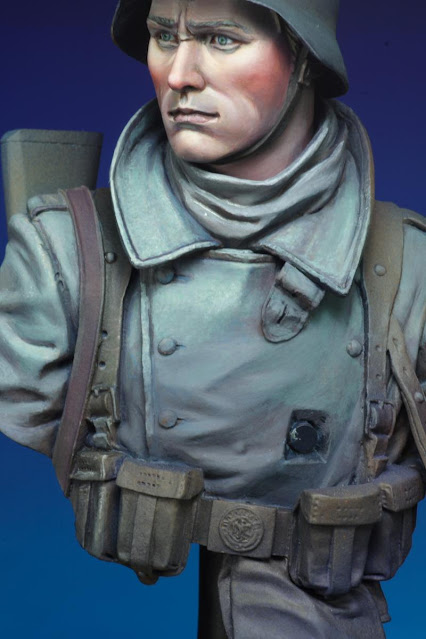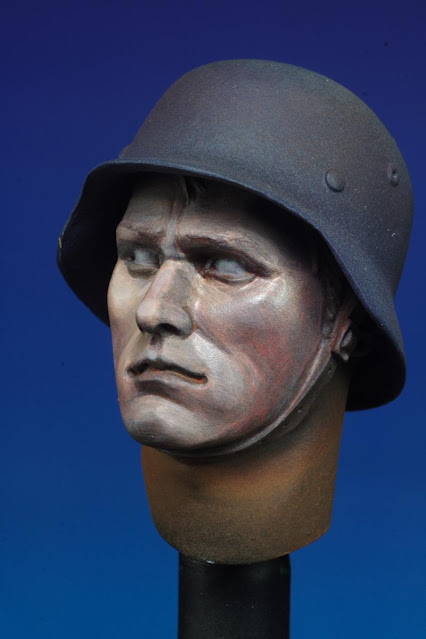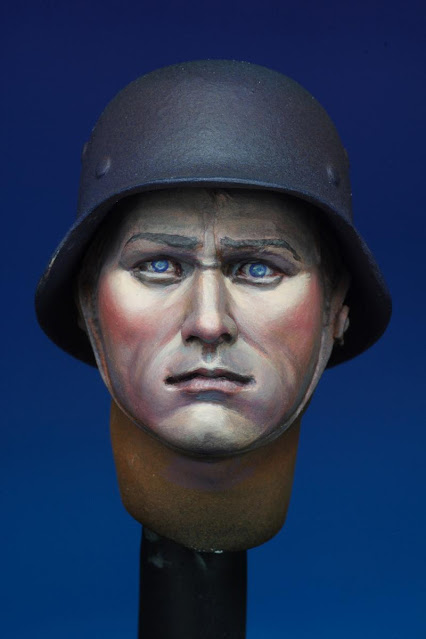Tuesday, 27 September 2011
Saturday, 17 September 2011
Alla Prima (Wet-on-Wet) with Acrylic Paints
.
You might probably think that family and work has been kind to me to allow more painting and blog updates on this project. The truth is that this extra time provision has been a consequence of some revolutionary developments and revisions made to my acrylic painting techniques. Having gained some experience from using acrylic retarders, I decided that it will be helpful to formalize a short pictorial demonstration of how the oil painting technique Alla Prima or 'wet-on-wet' could be employed in acrylic painting.
Prussian Blue, Deep Orange, Flesh and Black in their original state (with no prior thinning needed) are dabbed over the moist ground. Note how the colors diffuse and mingle with each other like in water color painting.
These colors are carefully mingled together. Keep in mind that the purpose of using ingredient colors is to generate tonal variety and over working will therefore result in a flat homogeneous tone.
The extended drying time also permits the highlight color to be concurrently applied.
The finished result with smooth tonal and color transitions and the pièce de résistance, no silvering and watermarks!
I have no doubts that while some might find this relevant, my intention however was aimed towards oil and enamel painters, who at one point in time tried to make the switch but were unable to adapt to the mandates of the acrylic paint medium. Therefore what I'm hoping to achieve is to perhaps close the divide between the two mediums, expand the potential of the acrylic medium and idealistically offer seasoned oil and enamel painters another crack at painting with acrylics.
Cheers,
Calvin
Thursday, 15 September 2011
Young Miniatures - Landser, Ostfront 1942
A little more work done early this week on the scarf and greatcoat.
The leather webbing was painted with a 50/50 mix of sap green and red acrylic inks over a dark blue base. Acrylic air-brush inks were used as they dried to a satin finish; aptly replicating the effect of leather. Again, a modicum of retarder was added to increase the paint's working time. A color mixture of field grey, flesh and orange was dabbed along the edges of the Y-straps before the inks completely set to convey the effects of chafe. The slow drying also allowed the latter color to naturally diffuse and merge with the inks, creating a smoother transition of tones and values.
Saturday, 10 September 2011
Young Miniatures - Landser, Ostfront 1942
Some progress on the painting this week with more refinements added to the face and preliminary highlights and shade rendered onto the great coat.
The ingredient colors were subsequently used to create the tones for highlights and shadows. Because their mixing ratio vary from time to time, this in part allows more tonal variety to be conveyed.
Immediately after, shadows and highlight colors are gently brushed over and because of of the moist even ground, a soft diffused effect is naturally created without further intervention.
The final blending of colors drying to a flat finish after repeated processes.
Calvin
Tuesday, 6 September 2011
Young Miniatures - Landser, Ostfront 1942
I've been fortunate this week to be granted some spare time to commence on another bust by Young Miniatures. Struck by the addictive fun of hearing the parts go "click" as they come together (a reminiscence of the Magnalock feature in Starcom toys from the 1980's), magnetic interfaces were implanted to all the adjoining components of the kit.
Calvin







